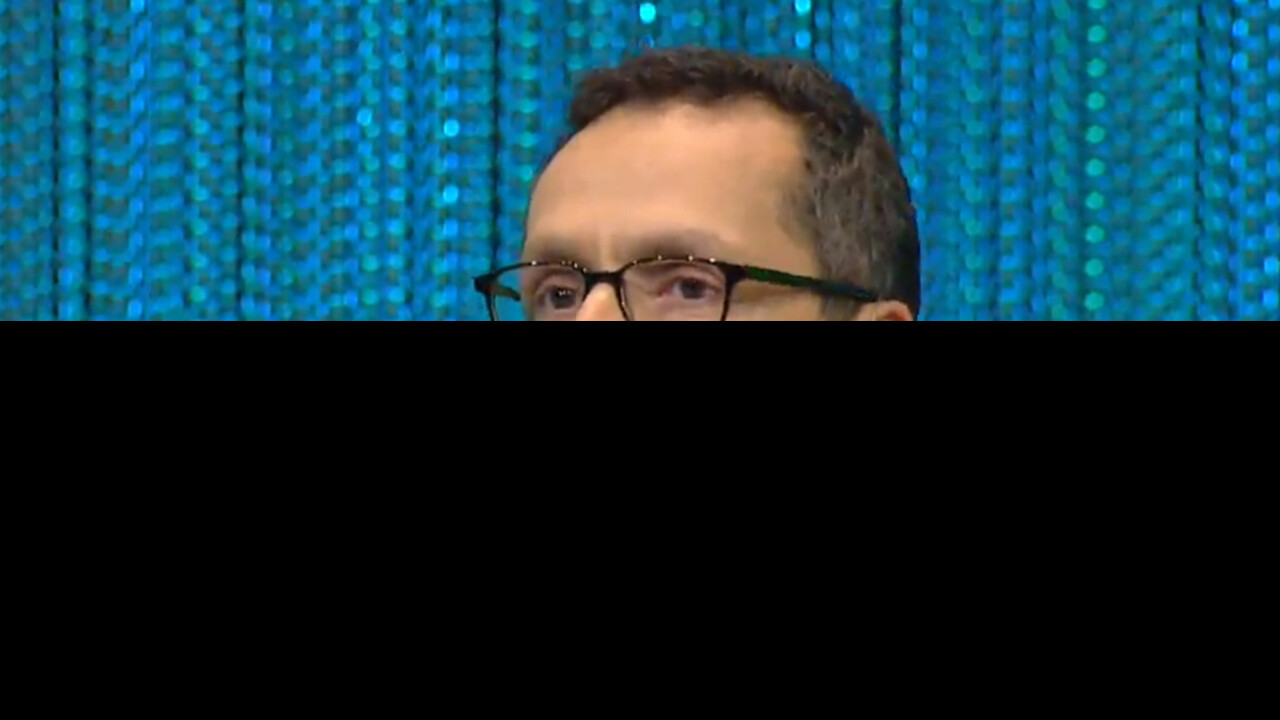
Bradley Horowitz, Google’s Vice President of Product Management for Google+, today admitted there were “real problems” with the way YouTube’s new Google+ powered commenting system was first implemented.
“Out of the gate, we weren’t doing so well and a lot of that had to do with ranking and how we were in a bit of an arms race around spam and abuse,” he said at the LeWeb conference in Paris.
“Oftentimes when you’re dealing with these things it requires several iterations to sort of get the signals right and tune things appropriately.”
The new commenting system was divisive when it launched in November, causing high-profile vloggers such as Emma Blackery and boogie2988 to voice their criticisms on the video-sharing platform. A change.org petition seeking to end the integration currently has 223,837 signatures.
In an interview with Horowitz, LeWeb founder Loic Le Meur asked whether the backlash could be attributed to a vocal minority of passionate YouTube users.
“I don’t think this was YouTube fanatics,” Horowitz said. “There were some real problems with the integration as launched and it took us a matter of days to iron those out. I think most people now are having that experience you are, which are things are dramatically better on the other side of this integration. And there’s much more work we’ll continue doing.”
His comments suggest, not surprisingly, that the new system is here to stay. Google addressed some of the initial teething problems in a YouTube blog post last month; at first, the new experience actually increased the amount of spam. The company appears resolute in its belief that filtering YouTube comments based on their relevancy to users’ social circles is still the optimal solution.
I’m sure that will be a disappointment to some YouTube enthusiasts, but at least this public admittance shows Google has recognized the problem and is actively trying to improve the existing commenting system.
Get the TNW newsletter
Get the most important tech news in your inbox each week.




